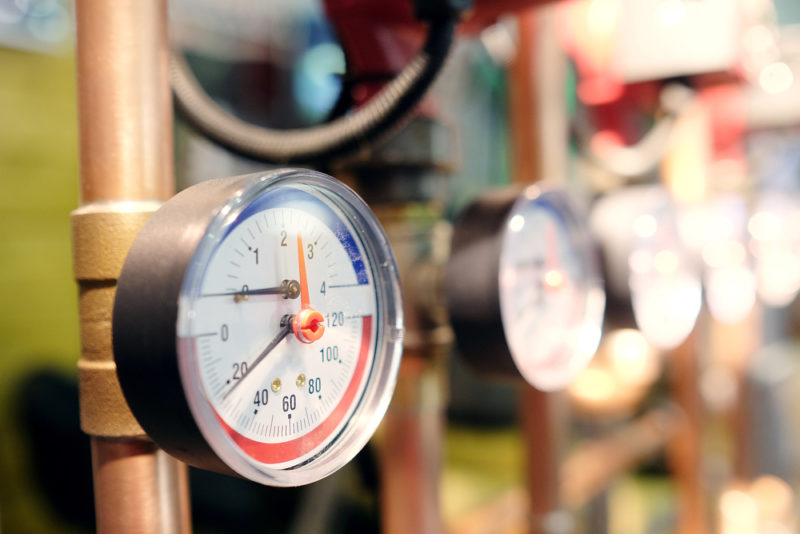Geothermal heating and cooling units are the most cost-effective systems on the market. Professionals install 50,000 geothermal units in the United States every year, and that number is rising fast. Residents in Corpus Christi, Texas, see the impacts of severe weather and what those extremes have on their power bill. If you’re considering a geothermal heat pump, read on to learn more about these highly efficient systems.
They Save You Lots of Money
A prevalent misconception is that geothermal systems are too expensive. Initial installation of geothermal may be more costly than traditional heating and cooling. However, long-term savings will far outweigh these costs.
It’s vital to discuss your needs with one of our specialists at Bodine-Scott. We can show you cost savings and up-to-date options for your home’s characteristics.
Typical monthly savings gained from residential geothermal will range between 50 and 75 percent over traditional systems. Government incentives, such as the American Recovery and Reinvestment Act of 2009, provide tax incentives to encourage installation of geothermal systems. State and federal incentives save the homeowner between 30 and 60 percent of the total geothermal installation cost. Therefore, you don’t don’t have to worry about the cost of installation.
How Does Geothermal Work?
Temperatures outside fluctuate depending on the seasons. However, underground temperatures a few feet below the surface are moderate and stable, thanks to insulating properties of the earth. As a result, they’re better to utilize.
Geothermal taps into this wondrous supply of energy. A typical residential system will have an indoor handling unit along with buried pipes called an earth loop. There’s a re-injection pump to take advantage of these underground resources. The pipes are commonly made of polyethylene, and a professional can bury them vertically or horizontally, depending on your home. If there’s a body of water accessible, the installer may choose an open loop system. Water pumps through a heat exchanger and returns to the source afterward.
Types of Geothermal Systems
Choosing the ideal system depends on your home, soil and climate. The most common types of systems are ground loop, which includes horizontal, vertical, and pond or lake configurations. These are closed-loop operations. The fourth type is an open-loop system. Hybrid systems utilize a combination of geothermal and outdoor air.
- Closed-loop geothermal heat pumps circulate an antifreeze solution through a closed loop of tubing. The tubing is buried in the ground or submerged in water. A heat exchanger transfers heat between the heat pump refrigerant and the antifreeze solution. Again, the best configuration depends on your home.
- Open-loop configurations use wells or surface water as the transfer fluid. After circulation, the process returns the water to the well. There should be adequate supplies of water for this option to be practical.
Geothermal History
Most of us believe geothermal energy has been employed for only a few brief years. But Piero Ginori Conti, an Italian scientist, invented a geothermal plant using steam to generate power in 1904. In the United States, you can trace the use of geothermal energy to 1892. It was not until 1940 that a geothermal heat pump was successfully implemented. Geothermal technology has now become popular around the world. As a result, many homeowners are saving energy and money.
Geothermal Myths
Myth: Installing geothermal requires a lot of real estate.
Fact: A professional can bury the Earth loop system vertically, depending on your home’s location. If there’s a body of water to draw from, you won’t require a lot real estate.
Myth: Geothermal heat pumps create a lot of noise.
Fact: Modern day pumps are remarkably quiet, and there’s no equipment outside to aggravate the neighbors.
Myth: Geothermal systems don’t last.
Fact: Earth loop systems will last generations. Heat exchange equipment can last for decades. When the unit wears out, you’ll likely only need to replace the heat exchanger.
Myth: Geothermal can only heat one area at a time.
Fact: You can design geothermal to heat your pool, home and every other area at the same time.
There are tremendous benefits to installing a geothermal heat pump. When choosing a heating and cooling system, there are plenty of options. You don’t want to make the wrong decision for your home and family. Call Bodine-Scott at (361) 883-9900 for help with this most significant decision.
Image provided by Shutterstock


